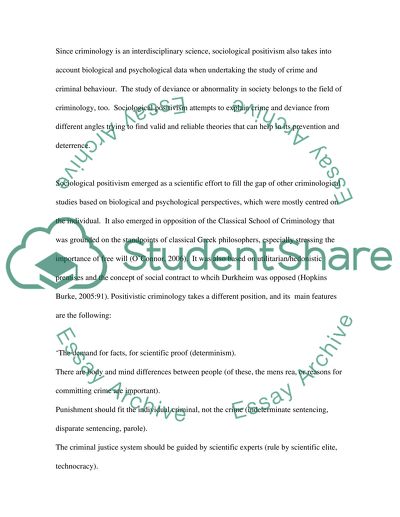Cite this document
(Sociological Positivism and the Criminal Behaviour Report, n.d.)
Sociological Positivism and the Criminal Behaviour Report. https://studentshare.org/law/1518539-durkheims-and-mertons-sociological-positivism-in-explaining-the-criminal-behavior
Sociological Positivism and the Criminal Behaviour Report. https://studentshare.org/law/1518539-durkheims-and-mertons-sociological-positivism-in-explaining-the-criminal-behavior
(Sociological Positivism and the Criminal Behaviour Report)
Sociological Positivism and the Criminal Behaviour Report. https://studentshare.org/law/1518539-durkheims-and-mertons-sociological-positivism-in-explaining-the-criminal-behavior.
Sociological Positivism and the Criminal Behaviour Report. https://studentshare.org/law/1518539-durkheims-and-mertons-sociological-positivism-in-explaining-the-criminal-behavior.
“Sociological Positivism and the Criminal Behaviour Report”. https://studentshare.org/law/1518539-durkheims-and-mertons-sociological-positivism-in-explaining-the-criminal-behavior.


